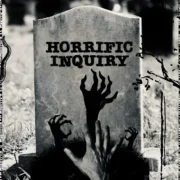How to Analyse Movies #2: Signs, Codes & Conventions
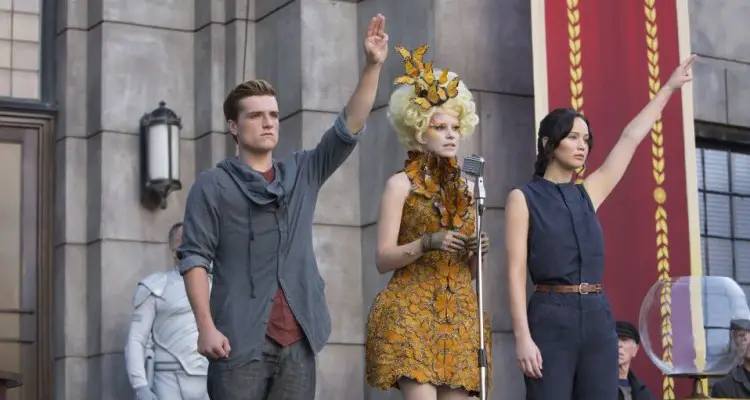
Manon de Reeper is the founder and CEO of Film…
In this chapter, we’ll cover the signs, codes and conventions in a film that can tell you a lot about the messages that the creators are trying to convey. Some filmmakers are aware of the use of signs, codes and conventions in their work, though some are not. In that case the symbolism may be there, but not on the surface, which makes it a little harder to interpret.
The study of these signs, codes and conventions in film is called semiotics, or semiotic analysis. Semiotic analysis is a way to explain how an audience makes meaning from codes. All meaning is encoded in that which creates the meaning. No object or word is without meaning – one cannot read or see something without associating it to a certain idea, the meaning. Growing up, everyone has been taught how to decode what they see, read and hear. We have all learned to decode meaning: it’s how we make sense of our surroundings, essentially, of the world.
However, what’s important to realise is that the decoded meaning wasn’t created by the person decoding it, in a vacuum; instead, the meaning already existed. They merely took the signs and applied their pre-existing knowledge. For example, if you read the word “failure”, you decode it by relating it to the value your culture assigns to the concept of failure and its antonym, success. This is why someone from a Western culture might interpret it very differently to someone from an Eastern culture. Although this doesn’t mean we cannot create meaning on our own, but 99% percent of the time, the meaning comes from some pre-established (cultural) notion.
Semiotic analysis is used to “read” (and better understand) a film and its text. It’s mostly used in academic study of film, and dozens of books have been published on the topic, though they’re often pretty dense, and for the casual film viewer, a bit much. The below is a short summary of what semiotics entail, and will help you take the first steps into film analysis.
Semiotic Analysis
The study of these signs, codes and conventions in movies is called semiotics. Semiotic analysis is a way to explain how we make meaning from codes – all meaning is encoded in that which creates the meaning. No object or word goes without a meaning – we cannot read or see something without associating it to a certain idea – the meaning. In our youths, we have all been taught how to decode what we see, read and hear, we have all learned to decode meaning.
However, what we should realize is that the decoded meaning is not our own idea, but somebody else’s. For example. If you read the word “failure”, you decode it by relating it to the value your culture adheres to the concept of failure and its antonym – success. Although it’s not said we cannot create meaning on our own, 99% percent of the time, the meaning comes from some pre-established (cultural) idea.
Signs and Codes
In semiotic analysis, the smallest units of meaning are signs. For example, the way someone dresses is a collection of signs that informs others about the person; clothing encodes the smallest of signs, e.g. a popped collar means preppy. A black band t-shirt and over-sized pants signal a music fan, but together they can create a collection of signs, a code. For example, a band shirt + baggy pants + black nail polish + dyed hair, could signal a rebel, or even a goth.
You could say meaning has two “levels”. On its most basic level, there is the sign: the denotation, which is the literal meaning. But when a sign occurs in a group, or in a particular context, it becomes a code, and it can suggest or connote extra meaning.
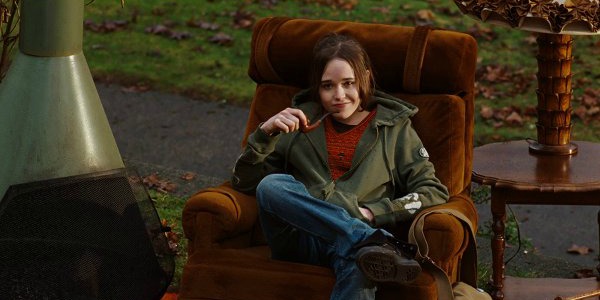
For instance, the colour red simply denotes a colour, but in a certain context it can connote emotion, like anger, or love. These codes are often used in media to reinforce, subtly, the way audiences should think about certain things or how they should behave. These are a culture’s dominant ideologies. For instance, a long-standing cultural ideology is that diamonds (or chocolate) symbolise love and that people should give this to your significant other as proof of their love for the other.
These codes are groups of signs that seem to fit together naturally. Together, they create meaning. To stick to the signs and codes of romance: the sign of a broken heart means lost love, and if you add the broken heart to the signs of two people, the three signs together, the code, anyone will read into it that the couple has broken off their relationship.
Filmic Code
Four types of signs and codes exist in semiotic analysis of film:
Indexical Signs
These are the most basic of signs in film. Indexical signs indirectly point to a certain meaning – they act as cues to existing knowledge. For example, smoke means fire, panting means exercise, a ringing bell means end of class. This type of signs is constantly used in (all types of) media and are very common.
Symbolic Code
Symbolic codes often denote something they have nothing to do with at first glance, but only because the code exists and because we use them society-wide. For instance, the red heart symbolises love, the white dove symbolises peace, the colour green symbolises jealousy.
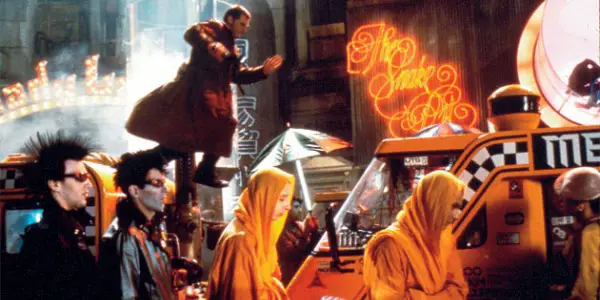
Iconic Signs and Code
These are the literal signs and codes: a cop means a cop. They are meant to appear like the thing itself. However, they always represent more than just the thing itself. When we see a cop, we also associate this with our cultural ideas of “justice” or “the law”, or even masculinity or toughness. These codes also reinforce the ideas we have about these concepts in our culture, it reinforces the ideological meaning of those concepts.
Enigma Code
This is an important type of code used in film: it creates a question which the film “text” will then go on to answer. This is often used in trailers of movies as well as posters. They make people wonder. For example, “who murdered the protagonist”, or “how will they survive the apocalypse”. They pique curiosity and intrigue the viewers, with the intention of making them go see the movie.
Convention
Convention is another important concept that you’ll see discussed frequently in film analysis. It indicates the “establishment”, the established way of doing something, or understanding something, or presenting something.
They are the generally accepted norms. It’s behaviour and ideas that we see as natural; they’re so deeply embedded in culture that we’re generally not aware of them, and definitely don’t realise what their effect is, or how they affect us.
In film, conventions are used to represent certain topics, characters and events, and more. When you start to scrutinise these conventions, you’ll find that, often, they are used to shape how we think about a character or event. When it comes to characters, conventions can easily turn into stereotypes.
You’ll find that they don’t always represent reality, and can even be harmful to how audiences perceive the world. A common convention, for instance, is how Muslims are always terrorists, and to state the obvious, that’s not the case in reality. Indians don’t always have thick Indian accents, especially when they were born outside of India. Nonetheless, these are stereotypes you will find in film abundantly.
Other common conventions can be found in how women are portrayed in film. For instance, in film noir, female leads are either the helpless dame in distress, or the femme fatale – there is rarely an in-between.
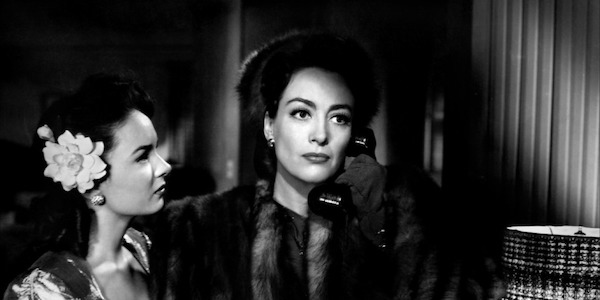
Nowadays, women are still frequently portrayed as damsels in distress, though while we see more female superheroes, they are generally clad in tight outfits, and their characters are underdeveloped; they are just there to serve the male main character’s plot.
Furthermore, women in film are substantially less frequently portrayed as having a job. These are all conventions that reinforce the convention that women are helpless, frail, and need to be protected by the masculine male. There are exceptions, of course, but you’ll generally have to delve into the realm of indie film to find them.
Another common convention is how the portrayal of good and bad guys. Cops can often get away with killing bad guys without consequences. Or, even more typical, Batman and Superman (in Batman v Superman: Dawn of Justice) can lay waste to an entire city and kill thousands of innocents, but they’ll still be considered heroes.
Villains, however, are so villainous that they’re evil through and through. These are very black and white conventions and don’t properly represent the great variety of greys in the real world.
Moreover, genre and narrative can add to the sense of convention, like action film or romance, or film noir and superhero as discussed, but a film’s editing or certain shot types too can reinforce conventions (e.g. a close-up of the poor damsel in distress). We’ll discuss these topics in later chapters.
Lastly, I’ll say it again – culture is very important in the way we interpret signs and codes. It is important to realise that culture always determines the meaning a sign or code communicates. Your interpretation of Bollywood film, if you’re from the West, will likely be different to the interpretation of someone from that area of the world.
Practice!
As with so many things, practicing will make you better at whatever you’re doing. It’s the same for film analysis.
At first, when you’re going to watch a movie with the intention of keeping track of all the signs, codes and symbolism, you’ll be very overwhelmed. There’s so much to keep track of. Instead, why don’t you first watch a movie in its entirety, and try to study its thematic symbolism? This type of symbolism is more overarching and you’ll find the film tries to deliver a “hidden” message as a whole. What is the filmmaker trying to tell you?
As you get better at distilling a film’s overarching message, you can start looking at how they deliver the message, scene by scene. Start looking at more than just the characters -where are they? A movie that may initially be boring to you may get whole new dimensions purely because you are learning to understand it better and differently.
You can go even deeper than that and analyse a film’s semiotics shot by shot, and that leads me to what we’ll cover in the next chapter: mise-en-scène, everything that’s presented in one shot.
What are some of your favorite codes or symbols? Do you often pick up on them or are you usually unaware of them? If you have any questions at all, please let me know in the comments!
Film Analysis For Beginners: How To Analyse Movies
Next in How To Analyse Movies:
You’re currently on part 2: Signs, Codes & Conventions
Part 1: Introduction
Part 3: Mise-en-Scene & Editing
Part 4: Considering the Camera
Part 5: Lighting, Sound & Score
Part 6: Story & Genre
Part 7: Iconography & Realisticness
Part 8: Putting it into Practice
Only part 1 and part 2 are available to non-members, the How To analyse Movies series is part of our premium content. Become a member to unlock the articles, or buy Film Analysis For Beginners: How To Analyse Movies on Amazon.
Does content like this matter to you?
Become a Member and support film journalism. Unlock access to all of Film Inquiry`s great articles. Join a community of like-minded readers who are passionate about cinema - get access to our private members Network, give back to independent filmmakers, and more.
Manon de Reeper is the founder and CEO of Film Inquiry, and a screenwriter/producer. Her directorial debut, a horror short film, is forthcoming in 2021.













